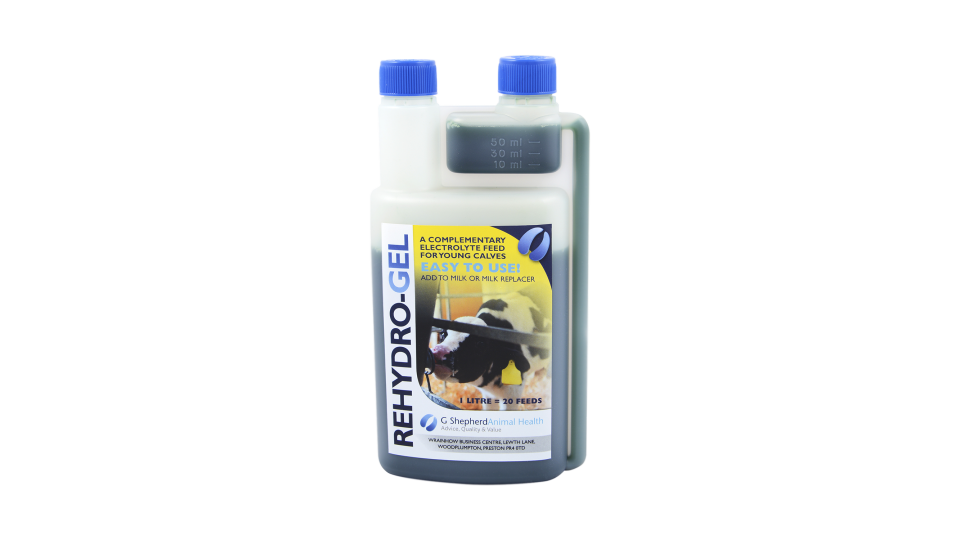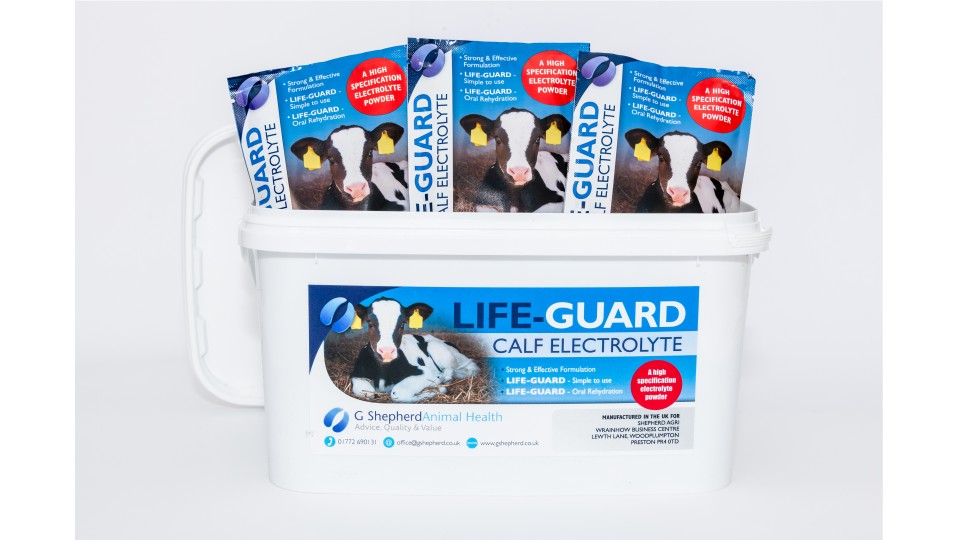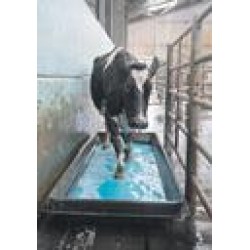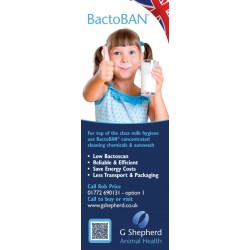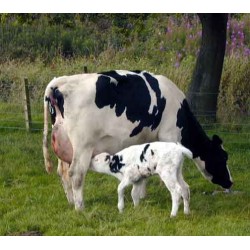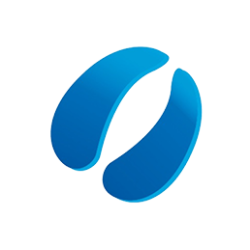Liquid Electrolyte for scouring calves- Simple, effective and good value. RehydroGEL
In UK calf care, liquid electrolytes are less common than sachets—but RehydroGEL liquid electrolyte stands out not just for its ‘liquidity’, but for its compatibility with feeding milk or milk replacer. This allows farmers to maintain good nutrition during gut disturbances, a key factor in recovery and growth.
RehydroGEL and its main competitor both support continued milk feeding during scour, a practice now widely endorsed for maintaining gut integrity and calf growth. RehydroGEL provides a simpler, more economical solution for routine scour management—especially when helping multiple calves.
Also, RehydroGEL is good to be mixed into milk replacer unlike its competitor, due to its lower sodium formulation. You see, milk replacers contain whey, which can be high in salt from the cheese making process. This salt sodium, plus a high sodium electrolyte can not be good for a calf that is already dehydrated. Dr Graham Shepherd, who formulated RehydroGEL reduced this risk by using an adequate but not excessive sodium level in the formulation.
RehydroGEL has earned a loyal following among UK farmers for its practical benefits. Its compatibility with milk feeding not only supports gut health but also is simple—especially valuable during high-pressure periods like spring calving. You see there is no need to take calves off their milk feed unless the scour is severe. Always provide fresh clean drinking water and seek Veterinary help if the calf will not drink or stand up.
Farmer Observations:
• Ease of Use: Farmers appreciate the simplicity of dosing—no mixing powders or measuring water volumes. The dispenser bottle allows quick, accurate administration. Just pour into the milk and stir.
• Milk Compatibility: Many report faster calf recovery when this electrolyte is added to milk rather than water, especially in mild to moderate scour cases. This fits with current best practice in maintaining energy and protein intake during illness.
• Cost Efficiency: Compared to sachet-based electrolytes, RehydroGEL is seen as more economical. However, Life Guard sachets from G Shepherd Animal Health is equally good value.
Comparing RehydroGEL liquid electrolyte and Life Guard sachets-
“While both RehydroGEL and LifeGuard sachets support rehydration and recovery, their formats reflect different approaches-
- RehydroGEL allows continued milk feeding, ideal for mild / moderate scour cases and nutritional continuity.
- LifeGuard sachets, with their high bicarbonate buffering, glycine, charcoal, kaolin and glucose content, are also suited to more severe dehydration—though they require a temporary pause in milk feeding.”
- Both these electrolytes from G Shepherd Animal Health also tackle acidosis. This is when the body fluids of the scouring calf become too acid. This depresses the calf severely and stops them drinking. Coupled with high fluid losses, dehydration, the acidosis puts the final nail in the coffin. Both of these electrolytes are highly ‘specced’ for neutralising the acidosis
However, if you are used to electrolyte sachets in 2 litres of water, carry on. LifeGuard is an excellent sachet. It works well!
Also, If you want the charcoal and kaolin and want to use RehydroGEL, then you can use our Diarid Boluses to provide those two things.

